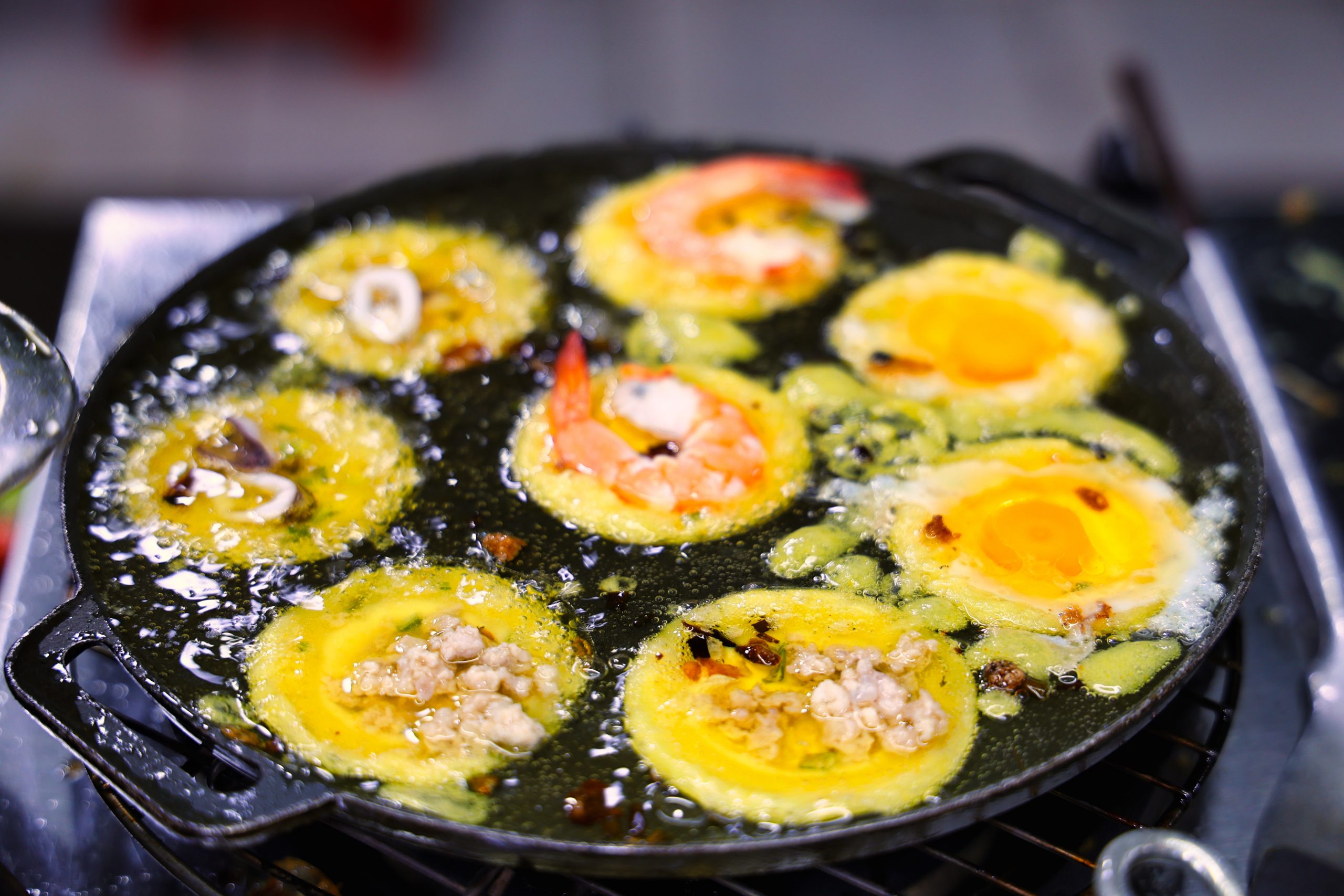Vietnamese street food isn’t just sustenance; it’s a living, breathing chronicle, a testament to resilience, creativity, and the enduring spirit of a nation. When you settle onto a small plastic stool in a bustling Saigon alley, the steam rising from your bowl of noodle soup isn’t just a culinary aroma—it’s the fragrant breath of centuries of cultural exchange, conflict, migration, and remarkable reinvention.
At Saigon Food Tour, we don’t just guide you through the city’s culinary landscape; we invite you to walk (or ride!) through these poignant stories, one exquisite dish at a time. This blog delves deep into the rich tapestry of how Vietnamese street food evolved into the global phenomenon it is today, from the echoes of ancient markets to the indelible marks of French colonization, culminating in the vibrant, motorbike-laden stalls that define modern Ho Chi Minh City.
Pre-Colonial Roots: The Genesis of Vietnamese Culinary Identity
Long before the concept of “street food” took hold, food markets were the pulsating heart of Vietnamese communities. Deeply influenced by over a millennium of Chinese domination (until 938 AD), early Vietnamese cuisine laid its foundational stones on:
Rice as the lifeblood: More than just a staple, rice was the very fabric of daily existence, shaping agricultural practices and culinary traditions.
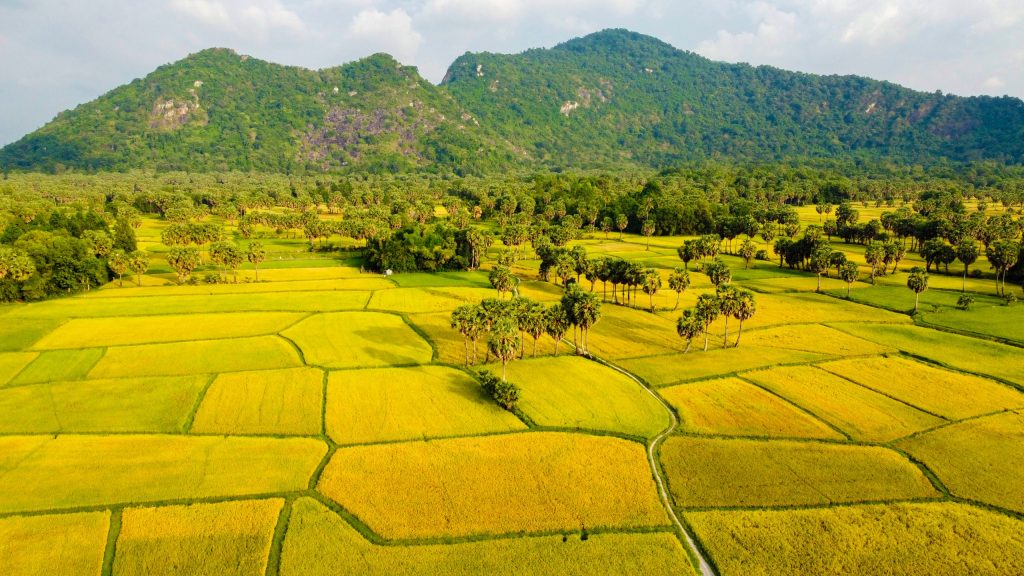
The triumvirate of flavor: Soy sauce, fish sauce, and fermented ingredients were not mere condiments but essential building blocks, imbuing dishes with layers of complex savory notes.

Time-honored techniques: Steaming, boiling, and stir-frying were not just cooking methods; they were gentle arts that preserved the natural integrity and freshness of ingredients.
Holistic well-being: Herbal medicines weren’t separate remedies; they were intrinsically woven into daily meals, reflecting a profound understanding of food as nourishment for both body and soul.
In this nascent period, “street food” as we know it didn’t exist. Instead, open markets buzzed with the energy of itinerant vendors, offering simple, quickly prepared, and incredibly fresh meals to weary workers and diligent farmers. These were the earliest whispers of a culinary tradition that valued speed, accessibility, and unpretentious deliciousness.
Chinese Influence: 1,000 Years of Flavor Foundations
The profound impact of Chinese occupation (111 BC to 938 AD) cannot be overstated. This era wasn’t just about political control; it was a deep infusion of ingredients, techniques, and philosophical underpinnings that irrevocably shaped Vietnamese cuisine:
The embrace of new forms: The introduction of noodles and dumplings wasn’t just a culinary addition; it opened up entirely new textural and compositional possibilities, forever diversifying the Vietnamese diet.
The harmony of the five elements: The Chinese five-element philosophy (sweet, sour, bitter, salty, umami) wasn’t just a theoretical concept; it became an intuitive guiding principle for achieving perfect balance and harmony in every dish, a hallmark of Vietnamese cuisine.

A deep-seated love for healing foods: The enduring Vietnamese affinity for herbs and medicinal food blossomed during this long period, cementing the belief that food could both delight and heal.
Even today, beloved dishes like hủ tiếu, bánh bao, and xôi mặn bear the undeniable genetic markers of their Chinese heritage, yet centuries of localization have imbued them with a distinctly Vietnamese soul.
🥢 As one guest from Hong Kong on our tour beautifully articulated, “Your Saigon-style hủ tiếu reminded me of home—but with a twist of coconut and garlic I’d never tasted before.” That, right there, is the essence of Vietnamese innovation: taking a familiar tune and composing a breathtaking new symphony.
French Colonization (1887–1954): Baguettes, Pâté, and Colonial Fusion
The arrival of the French brought not only railroads and grand architecture but also an unexpected culinary revolution. They introduced:
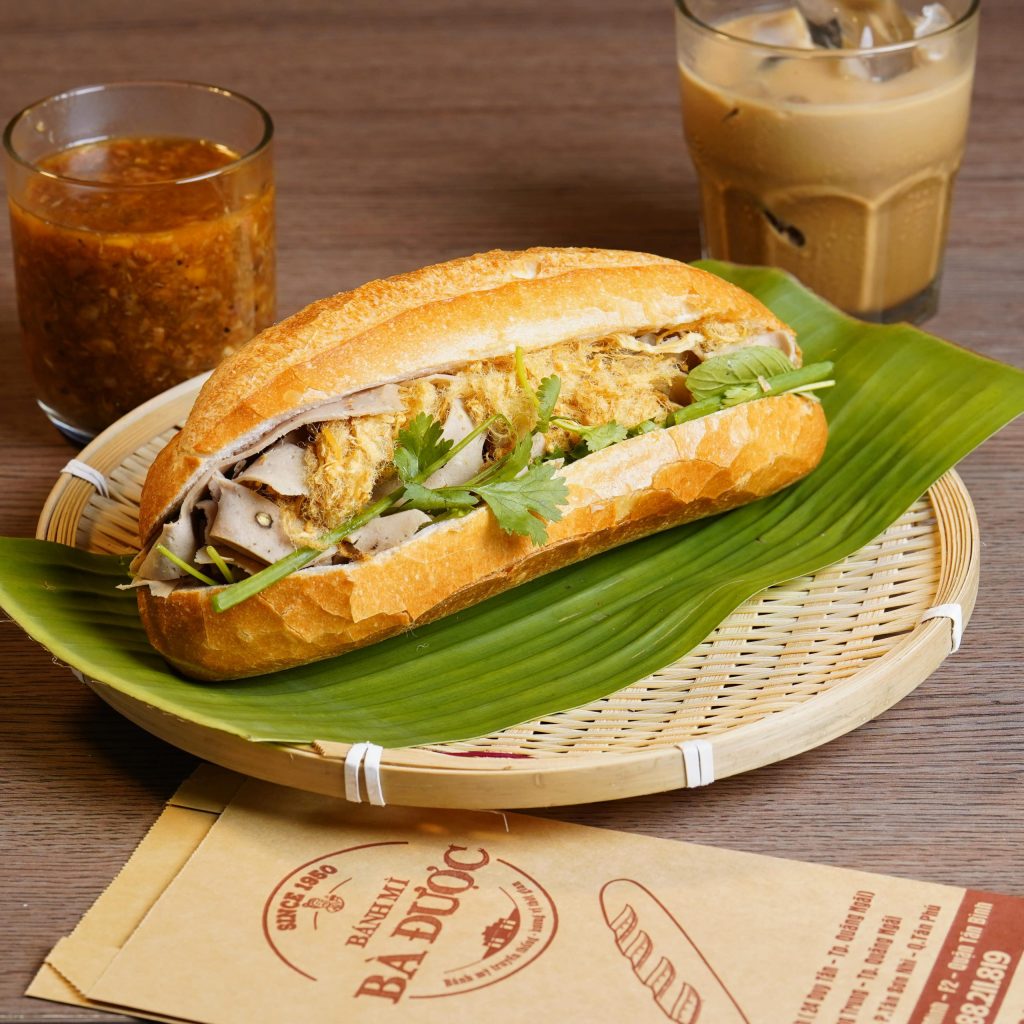
The transformative baguette: What began as the French baguette was destined to become the iconic Bánh mì, a symbol of Vietnamese culinary ingenuity.
Hearty stews redefined: French stews were reimagined and localized, giving birth to the rich and aromatic Bò kho (Vietnamese beef stew).
Delicate sweets embraced: Custards and flans found new life and flavor in the form of the beloved Bánh flan.
The ritual of coffee: French coffee culture was adopted and elevated, leading to the creation of the intensely flavorful and refreshing Cà phê sữa đá.
Crucially, the Vietnamese people didn’t passively accept these foreign foods. They rebelled through adaptation. The French baguette, a symbol of colonial power, was utterly transformed—it became shorter, airier, and lighter, a perfect vessel for a riot of flavors: savory pork floss, fresh coriander, crunchy pickled vegetables, and a fiery touch of chili. The result was not a mere copy but a truly original creation, a global street food icon born from resilience: the Bánh mì.
🥖 Our guests often express a collective gasp of surprise when they learn that bánh mì, a dish that tastes timeless, is less than 100 years old. It’s more than just a sandwich; it’s a tangible story of resistance, creativity, and reclaiming identity under colonial rule.
War and Scarcity: Innovation Through Necessity
The Indochina wars (1945–1975) were a period of immense suffering, and food became a matter of sheer survival. Yet, from this crucible of scarcity emerged many of the dishes we cherish today, born not of abundance but of desperate ingenuity:
Cơm tấm (broken rice): Originally a humble dish for the impoverished, utilizing fractured rice grains that were deemed less desirable, cơm tấm transcended its origins to become a beloved street food staple, a testament to making the most of every resource.
Bánh tráng trộn: This seemingly simple snack, fashioned from leftover rice paper mixed with various toppings, became a cult favorite, particularly among the youth, embodying resourcefulness and vibrant flavor.
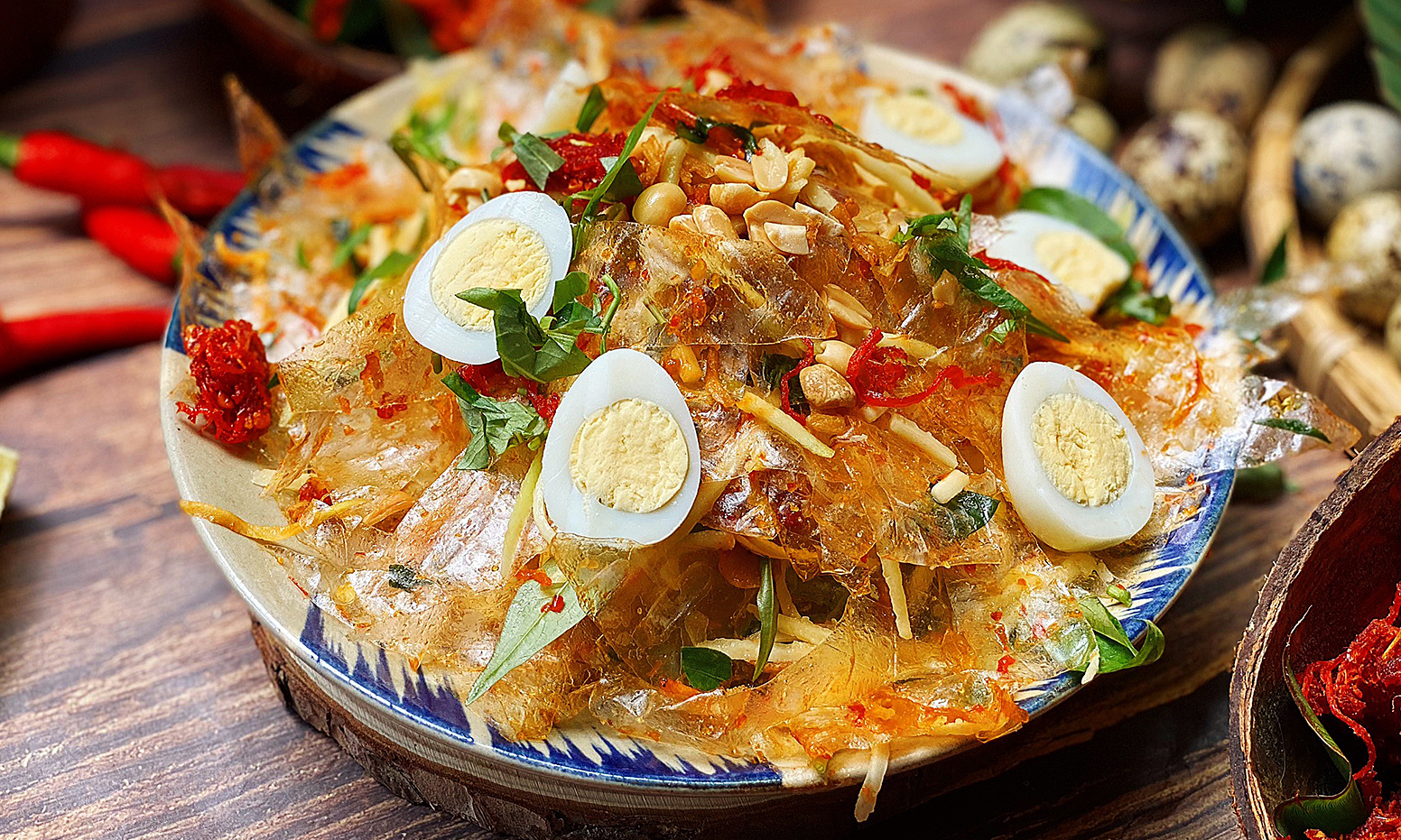
Elevated instant noodles: Even the most basic of ingredients, instant noodles, were transformed into comforting, satisfying meals, dressed up with eggs, fresh vegetables, and whatever protein was available, showcasing an indomitable spirit of culinary improvisation.
During these tumultuous times, women emerged as powerful, indispensable figures in the food landscape. Often running mobile street stalls, they tirelessly supported their families while men were away fighting. The iconic “street food auntie” (cô bán hàng) became more than just a vendor; she became a symbol of resilience, strength, and unwavering dedication in the face of unimaginable hardship.
💬 One woman on our tour was visibly moved, her eyes welling up as she listened to the story of how bánh mì stalls became beacons of hope, feeding entire neighborhoods during the war. “It’s more than food,” she whispered, “It’s survival, it’s community, it’s love.”
The Reunification Era(1986): Food Freedom Returns
After the reunification of Vietnam in 1975, the nation grappled with profound economic hardship. However, the late 1980s heralded a new dawn with the government’s Đổi Mới (Renovation) policy in 1986. This pivotal moment marked the beginning of open-market reforms, unleashing a wave of transformation that profoundly impacted food culture:
- The resurgence of private enterprise: For the first time in years, privately-owned street stalls were once again permitted, igniting a renaissance of culinary creativity and entrepreneurship.
- A culinary melting pot: Regional dishes, once confined by geographical boundaries, began to spread freely across the country, fostering an unprecedented exchange of flavors and recipes.
- A world of new ingredients: International ingredients slowly but surely began to find their way into Vietnamese kitchens, enriching the existing culinary palette and inspiring new fusions.
This period was, without a doubt, the golden age of street food innovation, particularly in Southern Vietnam. In the bustling heart of Ho Chi Minh City, motorbike vendors, armies of red plastic chairs, and portable gas burners became ubiquitous, transforming every street corner into an impromptu, vibrant dining room. Dishes from the imperial city of Hue, the ancient capital of Hanoi, and the fertile Mekong Delta seamlessly blended together, creating a unique “Saigon style” of street food that captured the essence of all Vietnam.
🛵 We always emphasize to our guests: when you taste Saigon, you’re not just experiencing one city’s cuisine—you’re tasting the harmonious blend of all of Vietnam in one vibrant metropolis.
Regional Differences in Street Food
The extraordinary diversity of Vietnamese street food is not merely a matter of taste; it’s a reflection of distinct climates, unique cultural influences, the nuanced impact of colonization, and the boundless creativity inherent in each region:
- The North (Hanoi): Characterized by simpler, less sweet, and more refined flavors. Iconic dishes include the delicate Phở Bắc, the intricate Bún Thang, and the silky Bánh cuốn.
- The Central (Hue): Known for its spicy, bold, and often royal-influenced cuisine. Highlights include the intensely flavorful Bún bò Huế, the delicate Bánh bèo, and the aromatic Nem lụi.
- The South (Saigon): Celebrated for its sweeter profile, abundant use of fresh herbs, and vibrant, colorful presentations. Signature dishes range from the crispy Bánh xèo and comforting Cơm tấm to the rich Hủ tiếu and refreshing Bún thịt nướng.
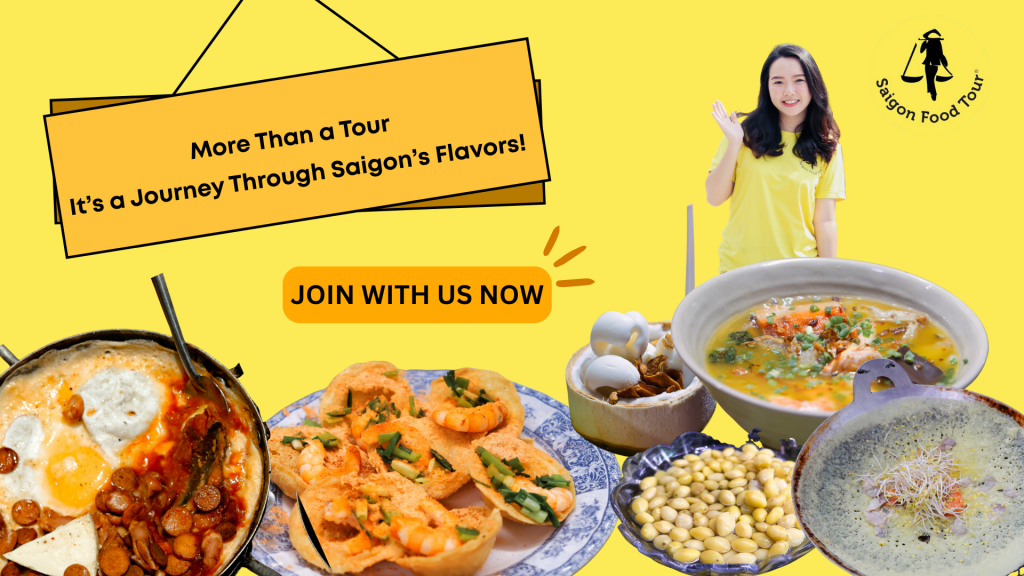
Each region tells its own unique culinary story, a delicious mosaic of history and geography.
The Rise of Modern Street Food: Instagram, YouTube & Tourism
Today, Vietnamese street food has transcended borders, becoming a global trendsetter and a culinary darling of the digital age:
- Global recognition: It has been featured prominently on critically acclaimed Netflix shows like Street Food Asia, captivating audiences worldwide.
- Internet sensations: YouTubers like Sonny Side of Best Ever Food Review Show have brought the vibrant world of Vietnamese street food to millions, showcasing its authenticity and allure.
- Culinary pilgrimage: Esteemed chefs and food personalities, including the late, great Anthony Bourdain, have explored and celebrated its rich flavors, cementing its place on the international culinary map.
Yet, despite this global fame, the essence of the experience remains profoundly hyper-local.
📸 Guests on our tour often confess, “We came because of YouTube, but this tastes even better than I imagined.” That, truly, is the magic of real street food—it’s not just for the camera; it’s a sensory symphony meant to be experienced in person, with all its sights, sounds, and unforgettable aromas.
Street Food Today: Scooter Culture and Female Entrepreneurs
In Saigon, more than anywhere else, the very face of street food is decidedly female, remarkably mobile, and wonderfully bold. Countless women have dedicated decades of their lives, often 20 to 30 years or more, to perfecting a single dish, their expertise honed through countless hours of meticulous preparation and unwavering passion.
The common tools of their trade are both simple and profoundly effective:
A portable charcoal grill, radiating warmth and the irresistible aroma of sizzling delights.
A large pot of broth, bubbling gently, meticulously balanced on a sturdy cart—the heart of many a noodle soup.
An ever-present “red plastic chair army,” ready to welcome hungry customers, fostering a sense of informal community.

And, of course, the iconic scooter—the ultimate multi-tasker, used for transport, delivery, sourcing ingredients, and sometimes, even as a makeshift cooking station.
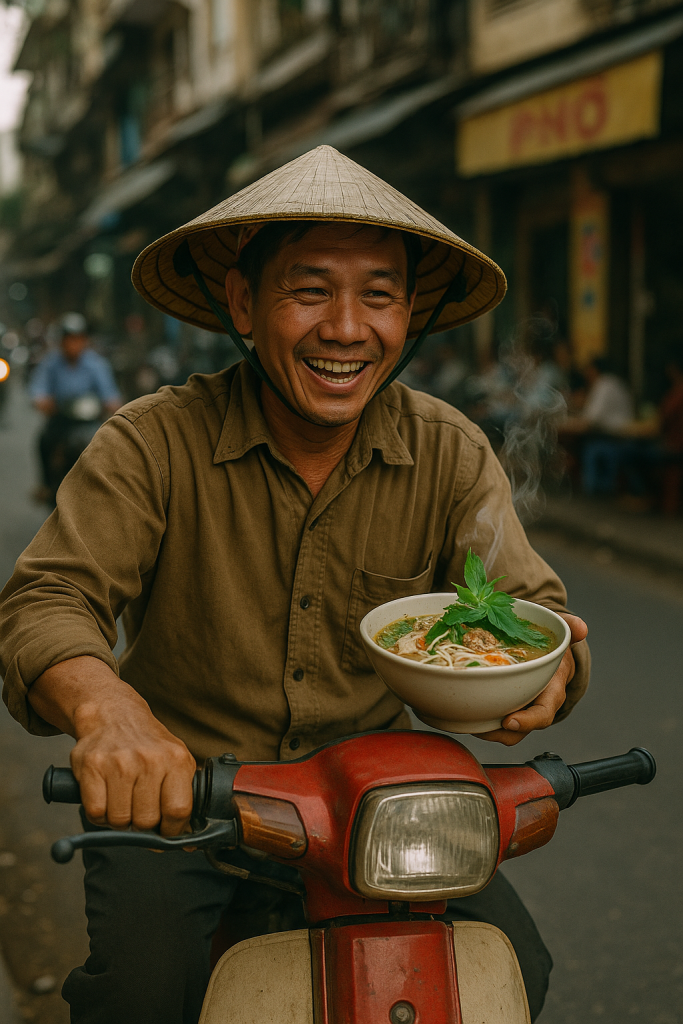
🛺 On our night food tour, we have the immense privilege of introducing guests to a remarkable woman who has been grilling bò lá lốt (grilled beef in wild betel leaves) since the 1990s. Her culinary secret? A whisper of honey in the marinade. But her story? That, our friends, is even sweeter, a testament to dedication and generational wisdom.
Challenges and the Future of Vietnamese Street Food
As Vietnam rapidly modernizes, its beloved street food culture faces inevitable pressures:
- Urban development and zoning laws often pose threats, as bustling street markets might be displaced for new infrastructure.
- Hygiene regulation challenges are a constant balancing act, ensuring safety while preserving the authentic, open-air charm.
- Climate change and supply chain disruptions present new uncertainties, impacting ingredient availability and traditional practices.
Yet, the inherent resilience that has defined Vietnamese street food for centuries remains. Many resourceful vendors are embracing the digital age, seamlessly transitioning to selling via platforms like Zalo, Grab, and Facebook, adapting to modern consumer habits. Furthermore, younger generations, inspired by their heritage, are not only reviving cherished traditional recipes but also bravely infusing them with a contemporary twist, ensuring the legacy continues to evolve.
💡 We at Saigon Food Tour believe passionately that the future of Vietnamese street food hinges on a delicate balance of preservation and innovation. That’s why we are committed to supporting these incredible local vendors and, most importantly, sharing their captivating stories with travelers like you, ensuring their traditions and spirit thrive.
Conclusion: Taste the Past on a Stool
Vietnamese street food is not merely sustenance; it is a profound, sensory journey through history. Every crisp bite of bánh mì narrates a compelling colonial story. Every soul-warming sip of phở evokes tales of migration, wartime endurance, and cherished memories. And behind every bustling stall, every fragrant pot, every vendor has a story—a deeply personal saga of dedication, struggle, and triumph, which many of them share with immense pride and joy.
When you choose to join our food tour in Saigon, you’re not just satisfying your appetite. You are quite literally stepping into centuries of flavor, ingenious fusion, and heartwarming family legacies.
👣 Ready to Taste History?
🛵 Join our Taste of the Night tour in Ho Chi Minh City and immerse yourself in the rich history of Vietnamese street food—one unforgettable bite, one powerful story at a time.
📍 Book your extraordinary culinary journey now at saigonfoodtour.com
💬 Prefer a quick chat? Message us on WhatsApp or Instagram!
📧 Or, send us an email at: hello@saigonfoodtour.com
Let’s eat the past, savor the present, and toast to the future, together. You bring your appetite—we’ll bring the stories, the flavors, and the unforgettable memories.

